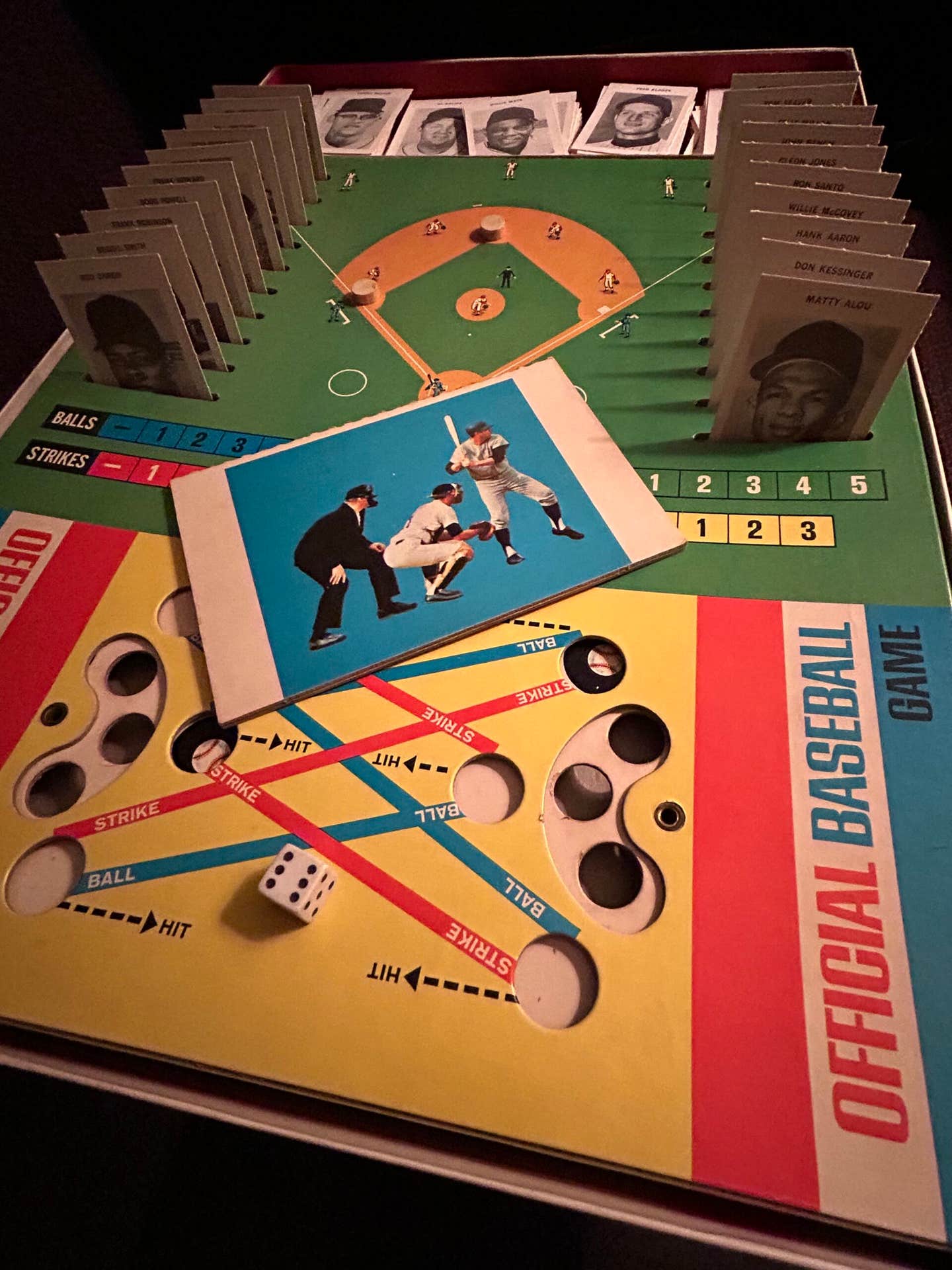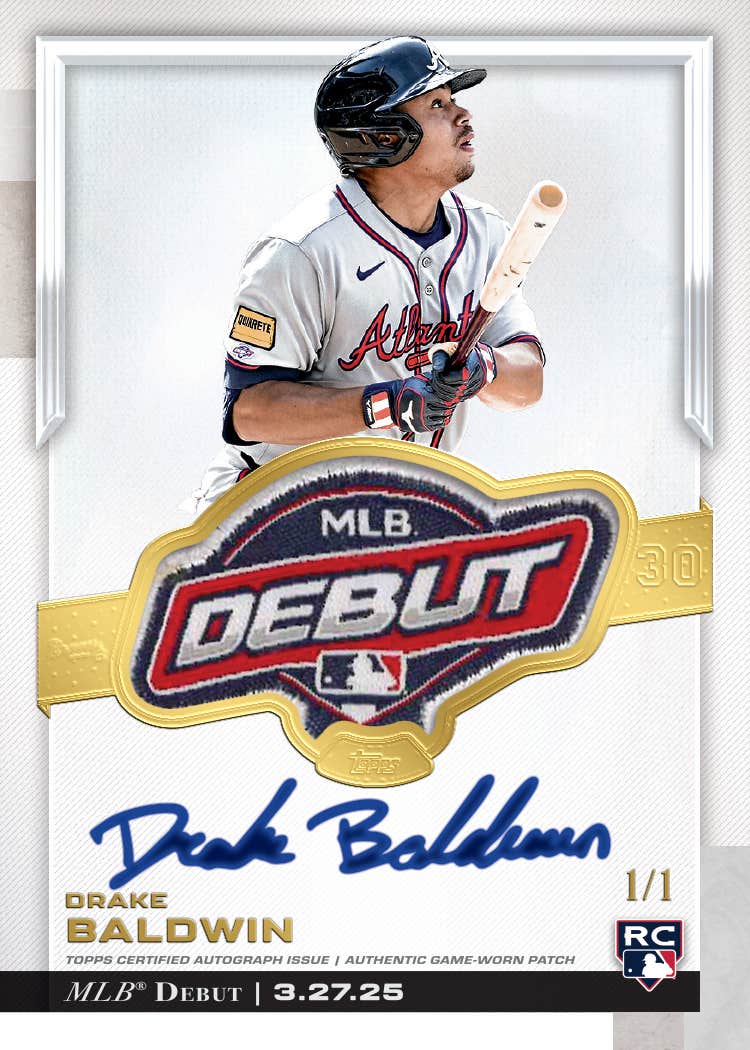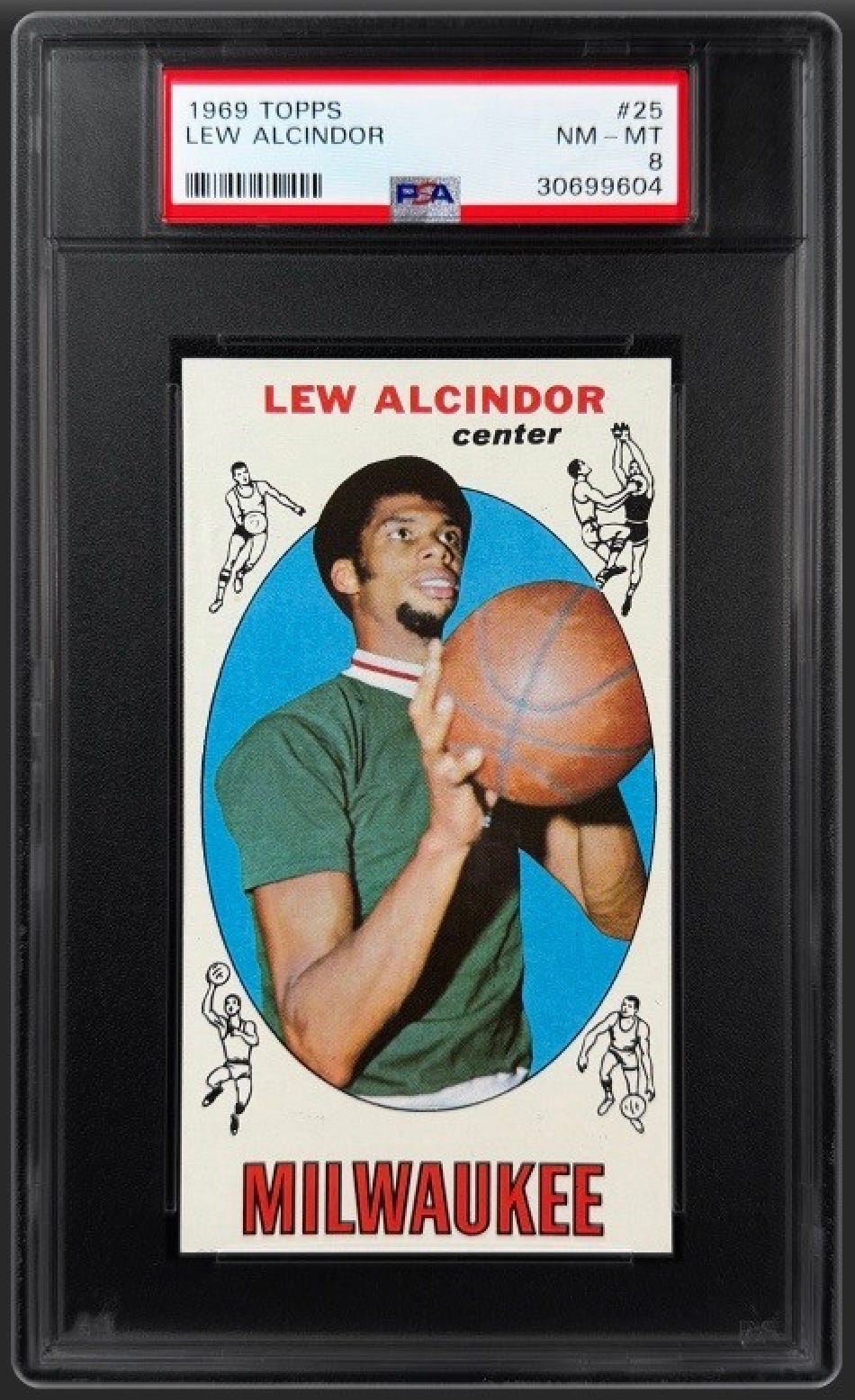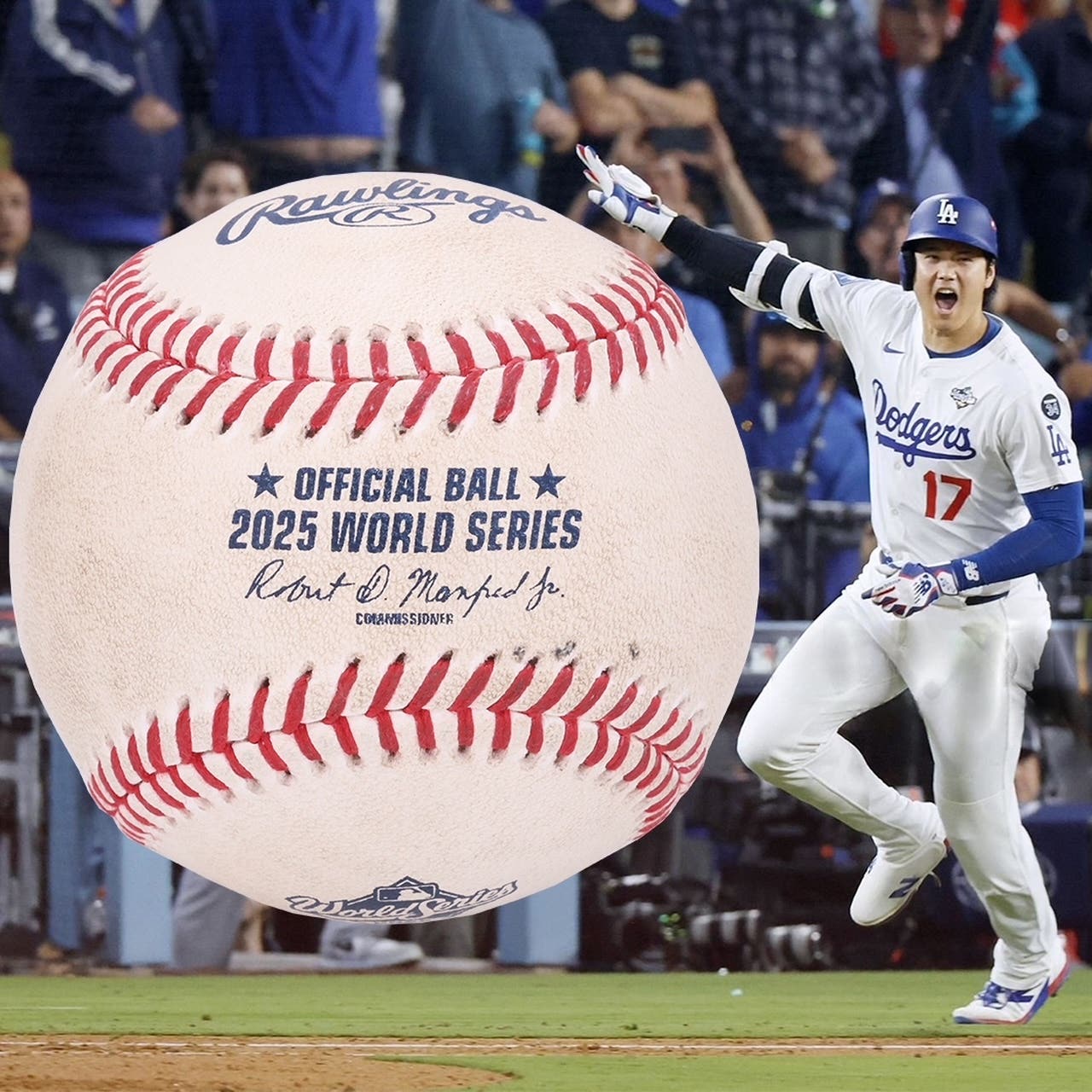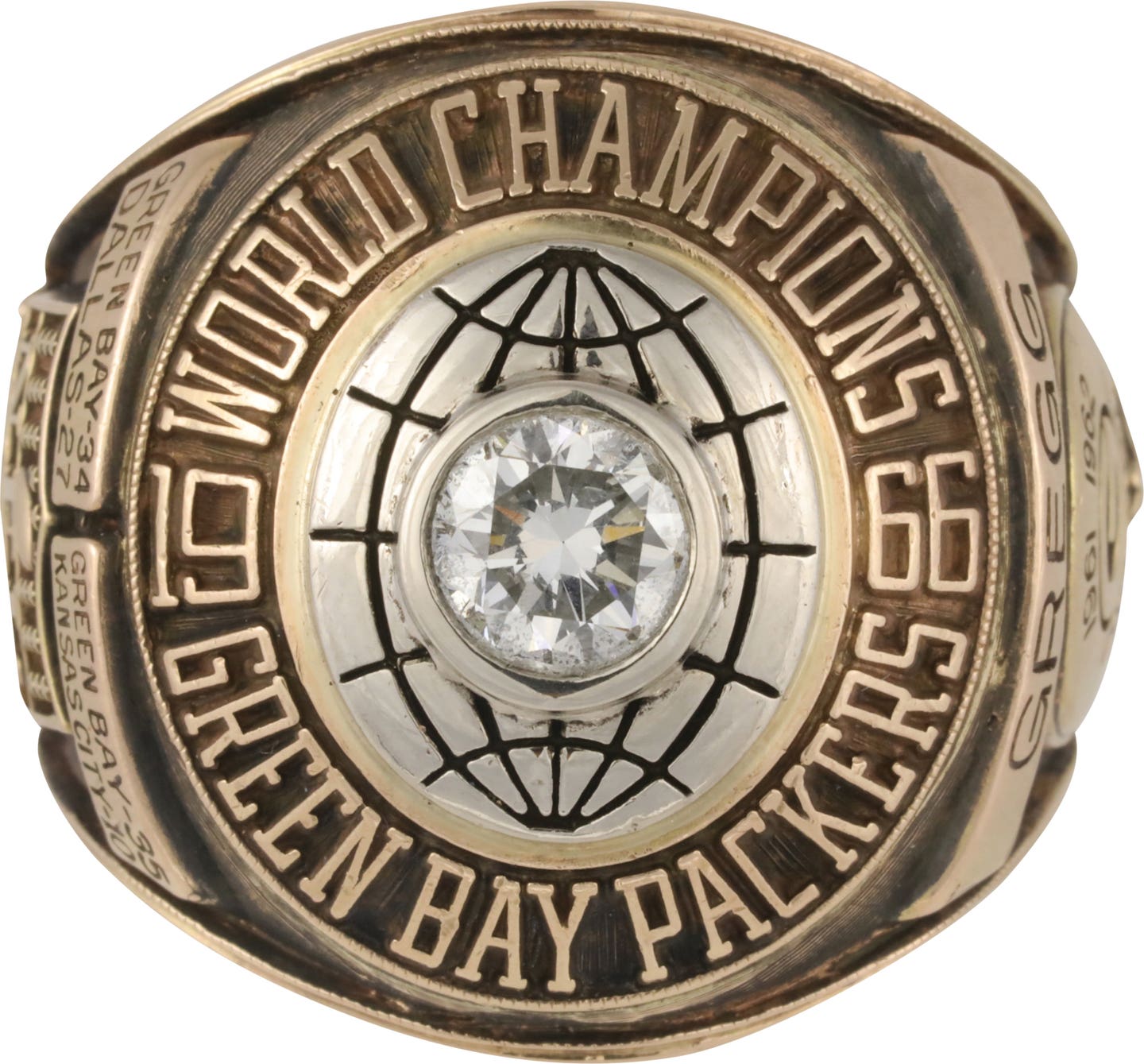News
Baseball, football and boxing take center stage
In 1989, Mike Shannon wrote a popular book, Diamond Classic: Essays on 100 of the Best Baseball Books Ever Published (McFarland & Co.). He now produces another important read for baseball book lovers – Baseball Books: A Collector’s Guide.
A chapter on a brief history of baseball books is followed by chapters on which books to collect, where to find them, how to care for them and how much to pay for them. A 75-page price guide lists in alphabetical order book titles with author, publisher, year of publication and suggested value.
Shannon reports his suggested prices were derived from one or more of three sources – catalog prices, auction sales and the estimates of highly qualified colleagues. The lists reflects an emphasis on biographies and not on other genres such as instructionals, guides and player-ratings. Appendices of award-winning baseball books, a glossary, bibliography and index add to the book’s inclusiveness.
Baseball Books: A Collector’s Guide by Mike Shannon, McFarland & Co., 2007, softcover, 231 pages, $29.95.
l Del Wilber caught for the Red Sox, Cardinals and Phillies; managed six minor league teams; scouted for four major league clubs; and served as third base coach for the Senators.
In My Father’s Game: Life, Death, Baseball, his son, Rick, remembers his dad’s long baseball career from the unique perspective of a son who grew up in major league dugouts, where he observed the joy and hardships that go along with having a big-league dad.
When Del became terminally ill, Rick became the caregiver for both his father and seriously ill mother, while trying to be the best husband, father and teacher (a journalism professor at the University of South Florida) he could be. Rick tells both the story of his youth and adulthood with striking honesty and uncommon courage. Baseball writer Pete Golenbock calls the books, “An honest, affecting book that will touch you deeply.”
My Father’s Game: Life, Death, Baseball by Rick Wilber, McFarland & Co., 2007, trade paperback, 214 pages, $29.95.
l Lou Holtz is best known for winning at every college he served in his long football coaching career. He is the only coach to take six different teams to Top 20 national finishes, yet his life has always been about more than wins and losses. Holtz has endeared himself to hundreds of former players and fans through his philosophy of life and football – aimed to always “motivate, coerce, teach, cajole and mold young men into winners on the field, in the classroom and in life.”
Holtz’s autobiography, Wins, Losses and Lessons, reveals his serious side that is always moderated by a folksy humor that has become his trademark.
Wins, Losses and Lessons: An Autobiography by Lou Holtz, Harper trade paperback, 2007, 352 pages, $14.95.
l Chris Willis, head of NFL Films’ research library, goes back to the beginning of the 20th century and professional football’s earliest days to recapture the wonder of the early game in The Columbus Panhandles: A Complete History of Pro Football’s Toughest Team, 1900-1922.
In 1901, workers at the panhandle shops of the Pennsylvania Railroad in Columbus, Ohio, organized the Panhandles team. The workers, mainly European immigrants, learned the game not on college campuses, but on the sandlots of railyards during lunch breaks. Under the leadership of an innovative manager, the physical team went on to play for more than 20 years as one of the most successful teams in the rag-tag days of professional football.
Willis incorporates original interviews and actual newspaper accounts to reconstruct the largely forgotten story of this unique team in a season-by-season account of spectacular victories and crushing losses.
The Columbus Panhandles by Chris Willis, Scarecrow Press trade paperback, 2007, 380 pages.
l Basketball agent Keith Glass wonders how a team composed of players worth $706.5 million could finish third in the 2004 Olympics. With scores of other analysis of the NBA, he shatters the central myth that everything is great in the NBA in his book, Taking Shots: Tall Tales, Bizarre Battles, and the Incredible Truth About the NBA.
His chapter titles offer a clue to his opinions – “How to Feed Your Family on Only $14 Million a Year” and “Eighty-One Feet of White Centers.” Among his evidence of NBA troubles is how the underachieving New York Knick’s attempt to rebound went disastrously wrong in 2005 when the team signed coach Larry Brown to a guaranteed $50 million, five-year contract and fired him 10 months later.
Glass also recounts how he negotiated a $9 million deal for Scott Skiles on a pile of napkins during a spring training baseball game. Glass provides astute critiques with often hilarious, behind-the-scenes stories.
Taking Shots: Tall Tales, Bizarre Battles, and the Incredible Truth About the NBA by Keith Glass, HarperCollins, 2007, 288 pages, $24.95.
l One of boxing’s most exciting fighters was Billy Conn. Author Paul Kennedy brings his legendary career to life in Billy Conn – The Pittsburgh Kid.
Raised in the East Liberty section of Pittsburgh, Conn began boxing professionally at age 16. At age 19 and 20, he defeated most of the best middleweights, and at age 21, he won the world light-heavyweight title. When he moved up to heavyweight, he beat three of the best heavyweights, one by knockout, and two by easy decisions. Only one challenge remained – the great Joe Louis. Their first fight remains one of boxing’s all-time classics.
Conn’s popularity led him to a movie role in Hollywood and friendships with Bob Hope and Frank Sinatra. Conn remained an icon in a city known for its downtrodden Depression-era working class.
Billy Conn – The Pittsburgh Kid by Paul F. Kennedy, Author House, 2007, 240 pages, $15.99 softcover and $25.50 hardcover.



